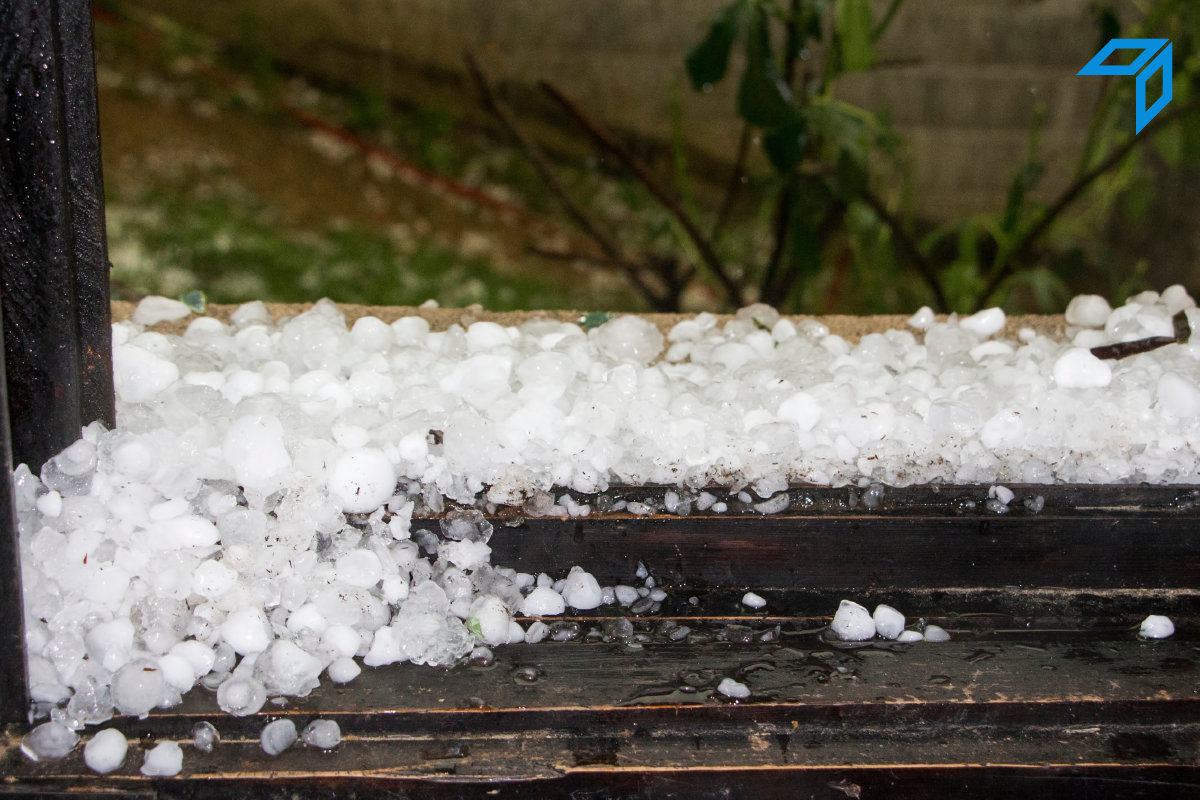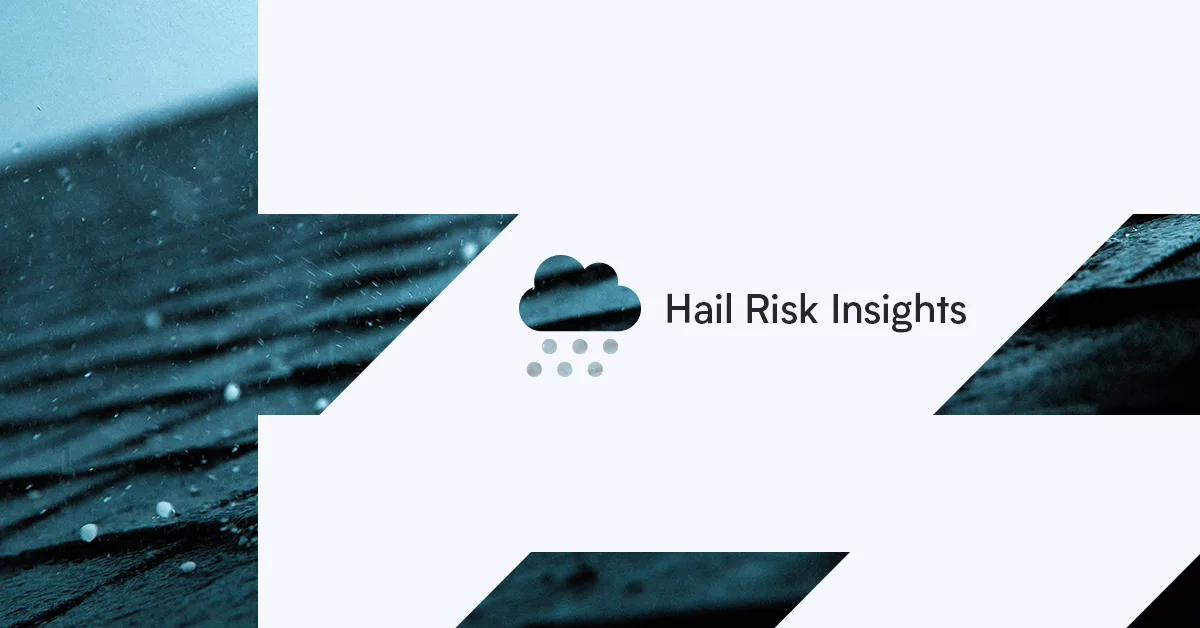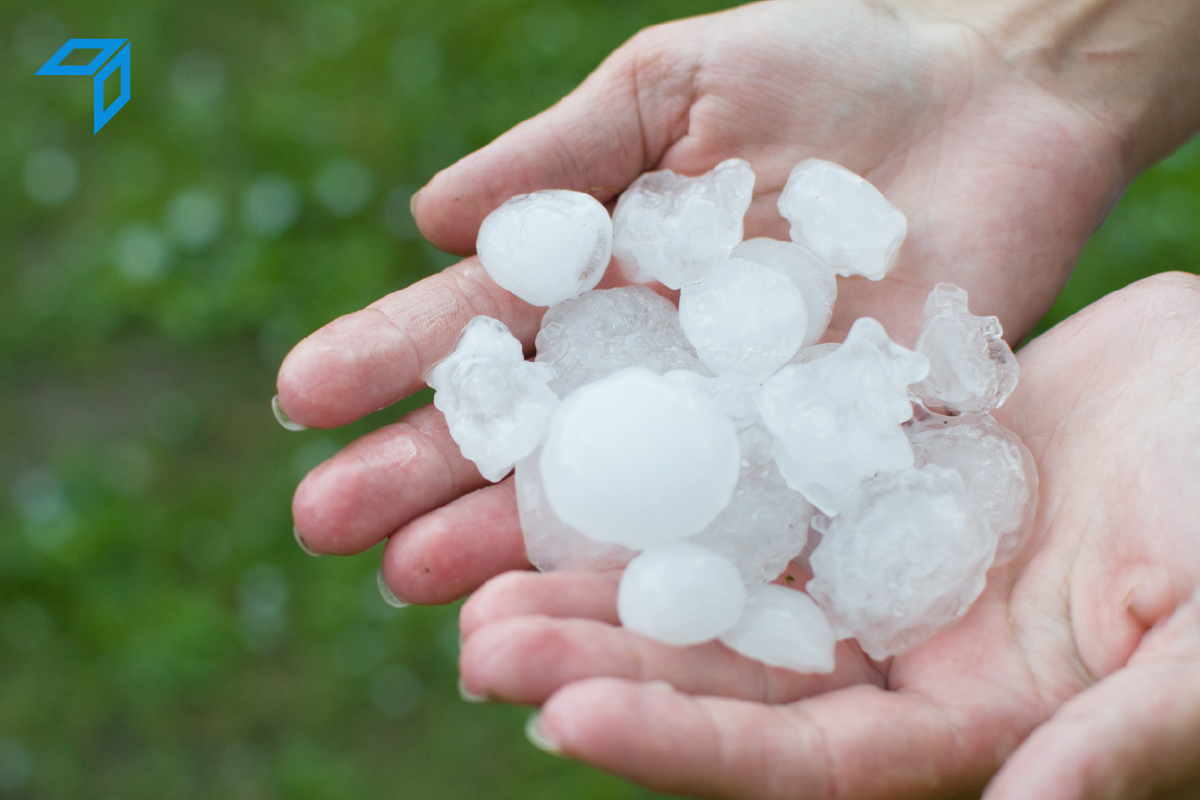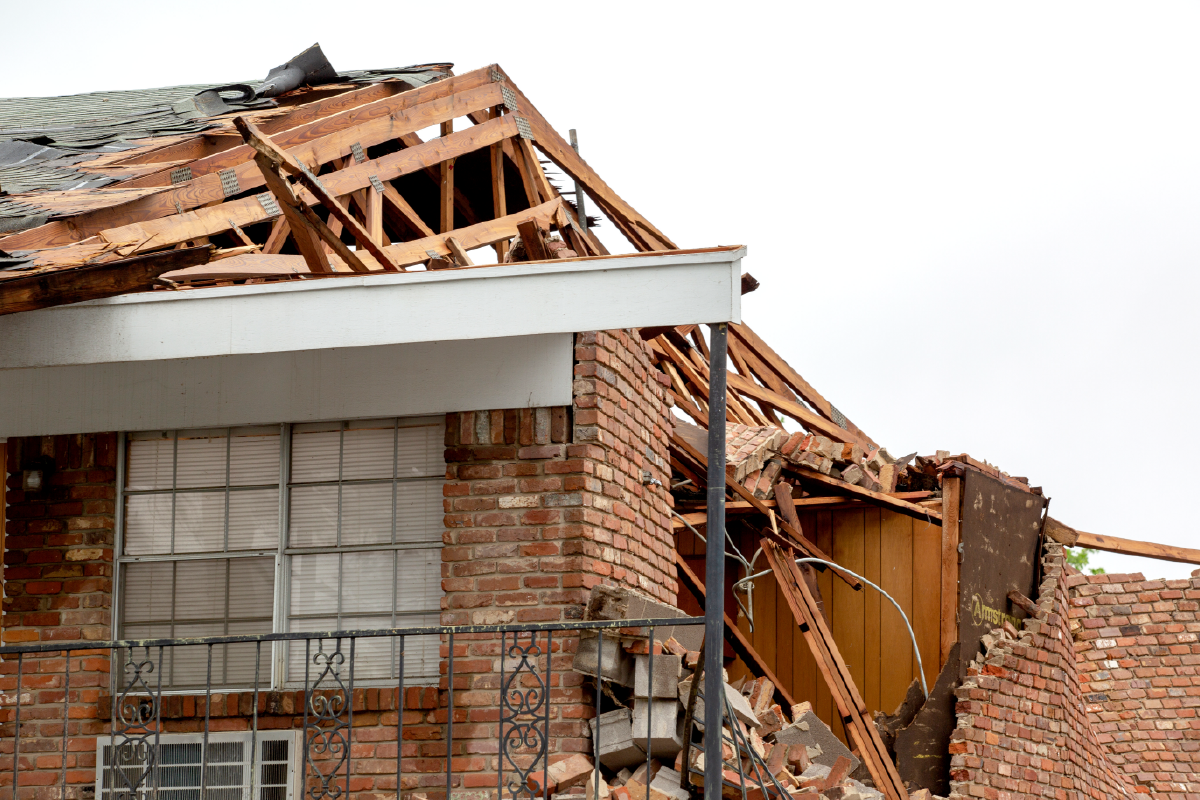Protect Customers with Hail Risk Insights
Insurers need tools to mitigate hail risk, one of the costliest and most common sources of claims. The solution is Betterview’s Hail Risk Insights,...

Entering 2023, hail damage continues to be a significant concern for property & casualty insurers. According to NOAA’s Severe Storms Database, last year saw 4,436 major hailstorms in the United States – an increase of over 17% from 2021. Outside of the US, a series of unprecedented storms in France also demonstrated the changing nature of hail risk. Long-term trends confirm that these are not isolated incidents: while hail damage costs averaged just over $2 billion per year in the 1990s, that number has risen to anywhere between $8 and $15 billion in recent years.
This story should be familiar to anyone paying attention to current trends in global risk. Due to several factors – including but not limited to the effects of climate change – damaging weather events have become more difficult to predict while worsening in frequency and severity. Hurricanes and wildfires have received the bulk of news coverage, but insurers should also note the increase in hail activity. Companies writing policies in the “Hail Belt” across the middle of the country should pay special attention to this trend. How can insurers best adapt to evolving hail risk in 2023?
In order to form an effective response to potential hail damage, insurers should first understand the nature of the risk: how it impacts homeowners and policyholders, which properties are the most vulnerable to damage, and what costs are likely to be accrued.
Unfortunately, existing solutions are insufficient to craft a holistic and proactive approach to hail risk. These products focus almost exclusively on regional peril data, with limited consideration of property-specific vulnerability. They are also often lacking in transparency, unable to show underwriters, agents, and policyholders the exact factors contributing to increased hail risk.
An effective hail risk solution needs to consider both regional hazard data and property-level vulnerability. These two factors – hazard and vulnerability – work together to form a complete picture of risk.
Hazard indicates the likelihood that a given property will experience a hail event; for example, properties located in the Hail Belt will have a higher level of hazard than elsewhere in the country.
Vulnerability, on the other hand, refers to the amount of damage a property is likely to experience during a hail event. Vulnerability is influenced by several factors, including the age, material, and condition of a roof.
Together, hazard and vulnerability indicate the exact level of hail risk on a given property. However, this information can only be effective if it is accessible to actual insurance professionals. Underwriters and claims professionals need solutions that integrate with their existing workflows and do not require an unsustainable amount of training and IT resources. Any company building such a solution should strive to make it as transparent and easy-to-use as possible.
There would be many advantages to insurers in using such a solution, as it would:
Insurers should not underestimate the impact of increasing hail damage on their business. If they continue to rely on old strategies for managing risk – strategies which do not take into account the evolving, dynamic nature of risk – they will lose business to those companies willing to adapt and explore innovation.
Dive deeper with Hail Risk Insights from Betterview.

Insurers need tools to mitigate hail risk, one of the costliest and most common sources of claims. The solution is Betterview’s Hail Risk Insights,...

Betterview is pleased to announce the addition of Hail Risk Insights to our platform. Using these insights, our platform is able to analyze and...

Modern P&C insurance companies face a number of complex and evolving challenges. These include changing expectations from policyholders, along with...